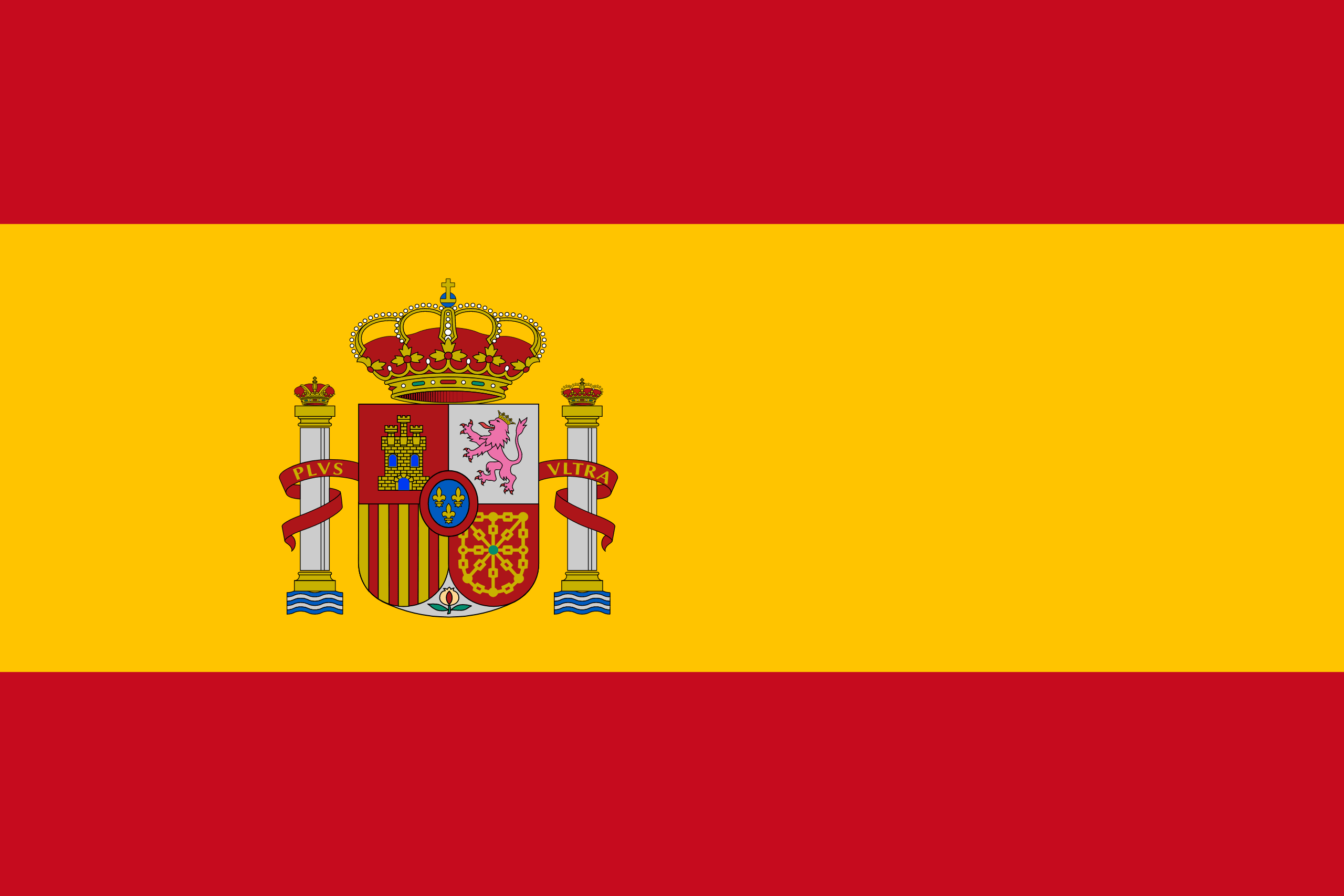The Spanish flag, also known as the “Flag of Spain” or “La Rojigualda,” has a rich history and deep symbolism. It consists of three horizontal stripes: two red ones on the top and bottom and a yellow one in the middle. In the center of the yellow stripe, you will find the Spanish coat of arms.
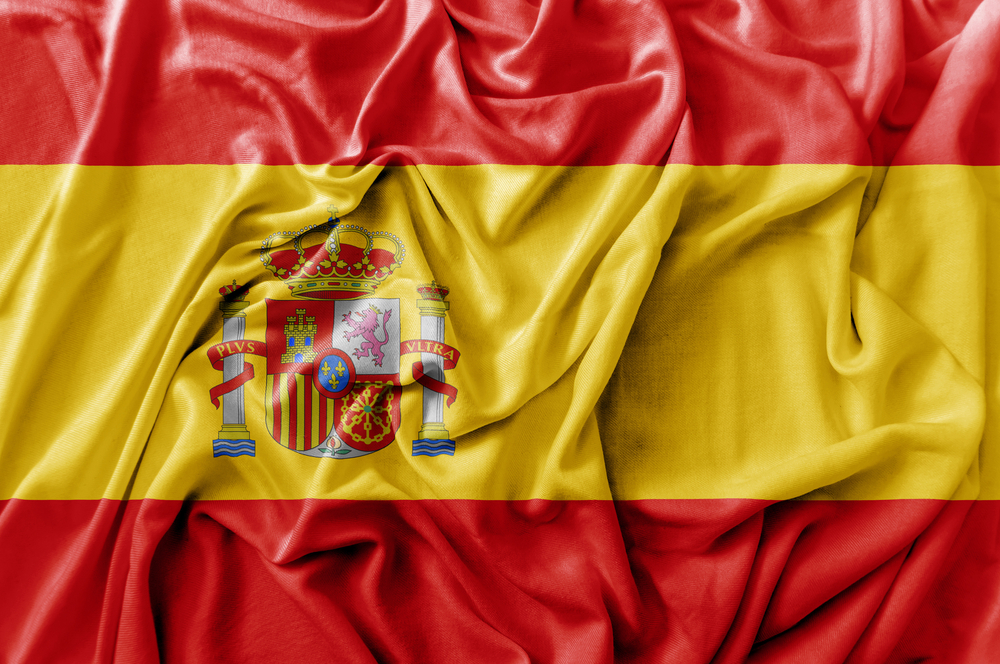
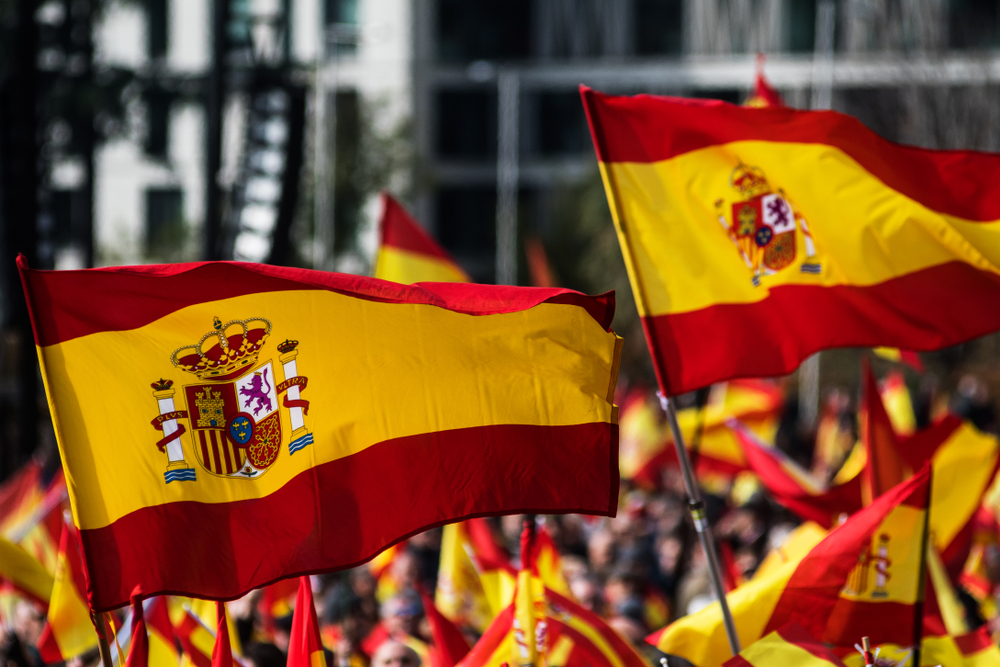
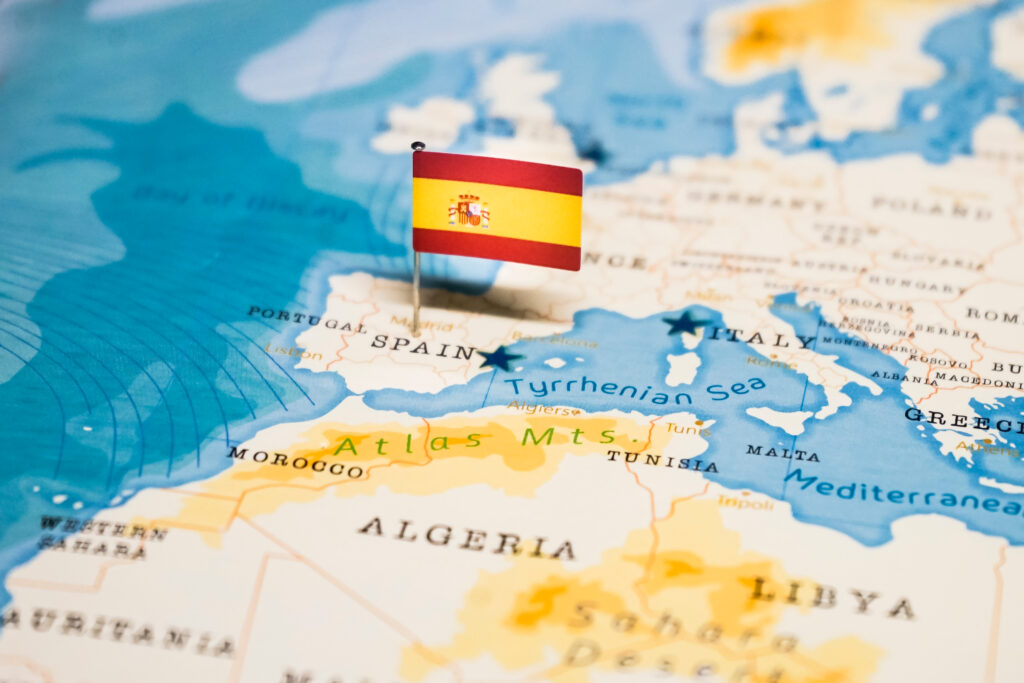
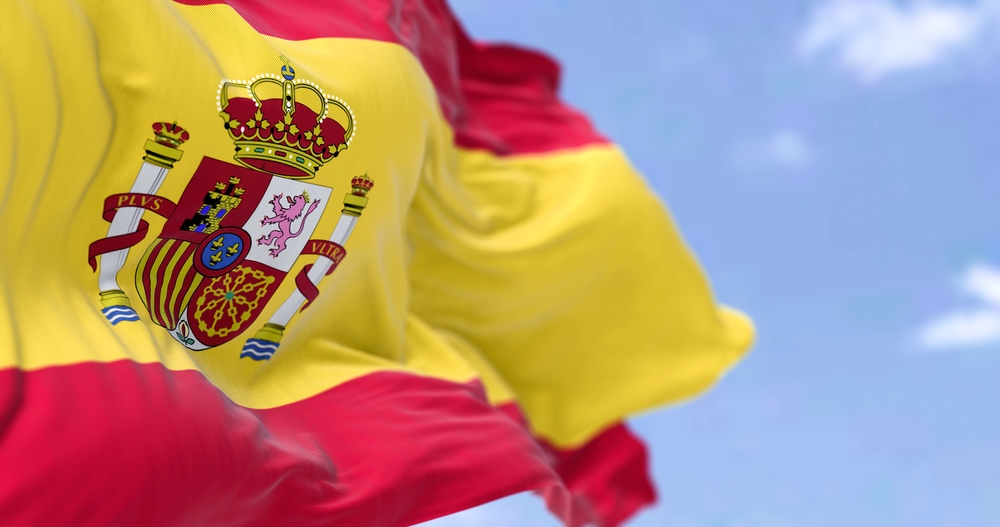
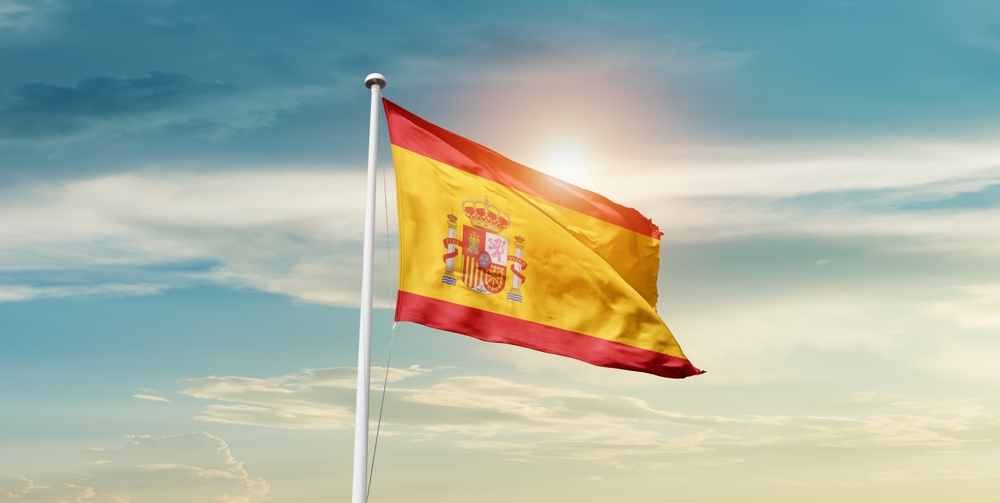
What do the colors of the Spanish flag represent?
The colors of the Spanish flag represent the country’s history and traditions: red for bravery and strength, yellow for generosity and peace.
Why does the Spanish flag have a coat of arms in the center?
The coat of arms in the center of the Spanish flag represents the country’s historical kingdoms and their unity under the monarchy.
What is the history of the Spanish flag?
The origins of the Spanish flag can be traced back to the late 18th century, during the reign of King Charles III. It was adopted as the national flag in 1983, although variations of the red and yellow color scheme had been used for centuries prior to that.
The red and yellow colors have been associated with Spain for centuries. They are said to have been inspired by the medieval Spanish kingdoms of Castile (represented by a red field) and Aragon (represented by a yellow field). These two powerful kingdoms united through the marriage of Ferdinand of Aragon and Isabella of Castile in 1469, marking the beginning of modern Spain. The red and yellow colors came to symbolize this unification and the subsequent rise of the Spanish Empire.
How is the Spanish flag used in different regions of Spain?
The Spanish flag is used as a symbol of national unity and identity throughout the country, but some regions have their own flags and symbols as well.
What is the protocol for displaying the Spanish flag?
The Spanish flag should be displayed with respect and in accordance with official protocol, including proper placement and lighting.
What is the meaning of the spannish flag
The red and yellow colors on the Spanish flag have multiple symbolic interpretations. Some people associate them with the Spanish landscape, where the red represents the sun-soaked land, and the yellow represents the clear blue skies. Others see these colors as representing the Spanish people and their courage (red) and generosity (yellow).
What is the meaning of the Spanish coat of arms?
- The coat of arms at the center of the flag is rich in symbolism. It consists of various elements:
- Pillars of Hercules: These two columns are said to symbolize the entrance to the Mediterranean Sea and the known world beyond. This reflects Spain’s historic role as a gateway between Europe and the wider world during the Age of Exploration.
- Crown: The crown above the columns represents Spain’s historical status as a monarchy. It also alludes to the Spanish monarchy’s support for overseas exploration and colonization during the 15th and 16th centuries.
- Motto: The Spanish motto, “PLUS ULTRA,” which means “further beyond,” was a call to explore and expand beyond the known world. It encouraged explorers to venture into uncharted territories and played a significant role during the Age of Exploration.
- Chains: The chains around the columns symbolize the former limits of the known world, suggesting that Spain had broken free from those constraints through exploration and expansion.
- Pomegranate: At the bottom of the coat of arms, there is a pomegranate, which is a symbol of Granada. This represents the final conquest of the Moors in Spain and the completion of the Reconquista in 1492.
Overall, the Spanish flag and its coat of arms carry a rich history and symbolism that reflects Spain’s heritage as a nation that played a prominent role in exploration, colonization, and the shaping of the modern world. It is a reminder of Spain’s historical achievements and its enduring cultural and historical significance.
How has the design of the Spanish flag changed over time?
The design of the Spanish flag has undergone several changes over time, including changes to the coat of arms and the addition of the current colors in the 18th century.
What is the significance of the Pascua Militar ceremony and the Spanish flag?
The Pascua Militar ceremony is a military celebration held on January 6th each year, and the Spanish flag is an important symbol of the country’s military strength and unity.
What is the difference between the Spanish flag and the flag of Catalonia?
The Spanish flag represents the entire country, while the flag of Catalonia represents the autonomous region of Catalonia within Spain.
What is the national anthem of Spain and how is it related to the flag?
The national anthem of Spain is “La Marcha Real,” which has no lyrics and is played during official ceremonies and events alongside the Spanish flag.
